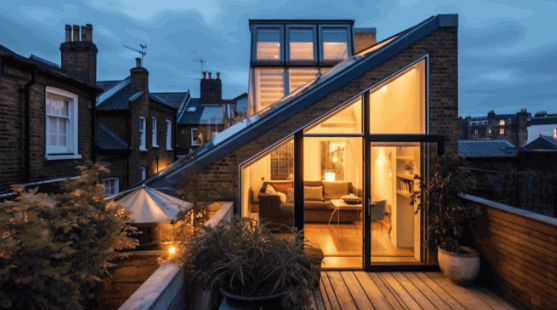
Thinking about maximizing your home's potential? A loft conversion, often seen as a key home improvement, could be the perfect solution.
This article explores what loft conversions are, the various types available, whether an attic conversion suits your needs, and whether they're a worthwhile investment for you.
It breaks down the construction costs, timeline, and necessary planning permissions, along with tips on choosing the right contractor for your renovation project.
By the end, you'll have a comprehensive understanding of loft conversions, how they can enhance your property value, and how to incorporate energy efficiency into your home design.
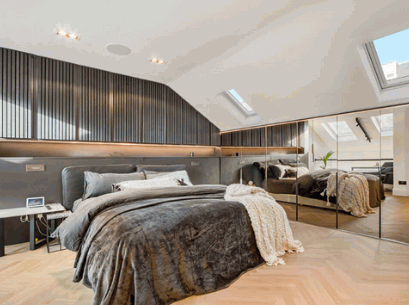
Table of Contents
A loft conversion is a popular home improvement project that transforms unused loft space into functional areas such as bedrooms, home offices, or playrooms, significantly enhancing the property’s value and utility. This renovation not only provides additional space but can also improve energy efficiency and modernize home design, making it a wise investment for homeowners looking to upgrade their living conditions without the need for extensive building work.
Take a look: Can Any House Have A Loft Conversion
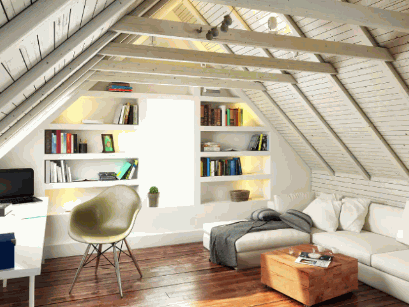
Various types of lofts can be converted, including traditional attics, unused storage spaces, and even garage lofts, depending on the structure and design of the home, each providing unique opportunities for transformation and enhanced functionality.
When considering a loft conversion, it’s essential to understand the distinctive characteristics of each type. For instance, attics can be reimagined into cozy reading nooks or master suites with stunning views, while storage spaces offer a blank canvas for a home office or creative studios.
Each of these loft types not only contributes significantly to home improvement but also offers crucial additional space for modern living needs, reflecting a growing trend in transforming unused areas into valuable and aesthetically pleasing environments.
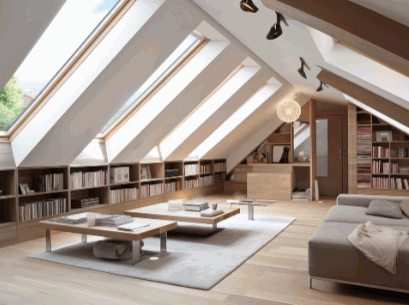
Loft conversions can be categorized into several types, including dormer, hip-to-gable, and mansard conversions, each with its own benefits and planning requirements.
When considering the various types of conversions, it's essential to understand how each aligns with building regulations and what planning permissions may be necessary. Consulting with experts can provide valuable insights.
While each type of conversion has its advantages, understanding the specific regulations and permissions applicable to your residence is crucial before embarking on such a project. Discussions on forums like Mumsnet or insights from Homes & Gardens can be particularly useful.
Determining whether a loft conversion is worth it involves weighing the potential increase in home value against the construction costs and the impact on your living space, often resulting in a favorable return on investment for homeowners. This type of home improvement not only provides additional living space but can also elevate the overall appeal and functionality of the property, making it an attractive renovation project for many.

The benefits of a loft conversion span from creating additional space for various needs such as a home office or extra bedroom, to significantly increasing the home’s market value and improving energy efficiency.
Plus the practical aspects, a loft conversion can also greatly enhance a homeowner's quality of life by providing a personal retreat or a dedicated area for hobbies.
By considering these benefits, homeowners can make an informed decision about investing in such transformative improvements.

While loft conversions offer numerous advantages, they can also present potential drawbacks such as high construction costs, the need for planning permission, and compliance with building regulations, which can complicate the renovation process.
When homeowners embark on this transformative project, they often encounter unexpected hurdles that can make the journey more challenging. For instance, the financial considerations can quickly multiply, with initial estimates potentially soaring due to unforeseen structural integrity issues or material costs.
Navigating the complexities of securing proper planning permission can feel overwhelming. In many cases, local authorities may require extensive documentation and even neighborhood consultations, which can extend timelines significantly. Adhering to building regulations is crucial, as non-compliance can lead to costly fines or the necessity for costly adjustments post-construction.
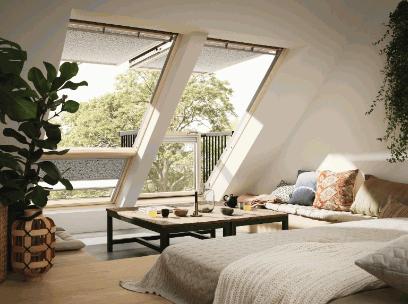
The cost of a loft conversion can vary significantly based on several factors, including the type of conversion, the complexity of the renovation project, and local construction costs, with expenses typically ranging from $20,000 to over $50,000. Self-build insurance and building works insurance may also be necessary to cover potential liabilities during the renovation process, adding to the overall budget.
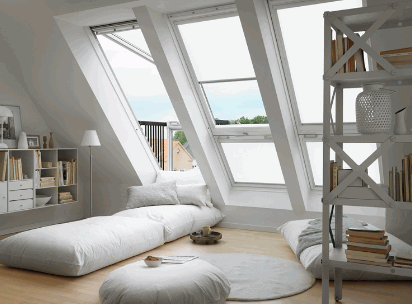
Several factors can influence the overall costs of a loft conversion, including the type of conversion chosen, the condition of the existing structure, and the specific building regulations and planning permission required.
Understanding these aspects is essential for anyone considering such a project. For instance, local regulations can vary widely, impacting construction methods and materials. It's crucial to consult with local authorities to ensure compliance with zoning laws, which can dictate everything from the height of the conversion to structural integrity requirements.
The type of conversion, whether it's a dormer, velux, or hip-to-gable, will significantly influence both preliminary and ongoing construction costs. Each option comes with its own set of challenges and advantages that directly affect financial planning. Self-build insurance and building works insurance are also critical considerations during this phase.
Ultimately, a detailed examination of these elements will ensure a more accurate estimation of total expenses and facilitate smoother financial planning during the conversion process.

Beyond the initial construction costs, there are additional expenses to consider when planning a loft conversion, such as renovation insurance, building works insurance, and potential fees for planning permission and building regulation assessments.
These overlooked costs can significantly influence the overall budget and financial scope of the project. It’s crucial for homeowners to understand why these expenses arise and how they can affect the timeline and quality of the conversion.
By budgeting for these elements upfront, homeowners can help ensure that their loft conversion remains a fulfilling and financially sound endeavor.
These overlooked costs can significantly influence the overall budget and financial scope of the project. It’s crucial for homeowners to {{understand}} why these expenses arise and how they can affect the timeline and quality of the conversion.
By budgeting for these elements upfront and consulting with market-leading experts, homeowners can help ensure that their loft conversion remains a fulfilling and financially sound endeavor.
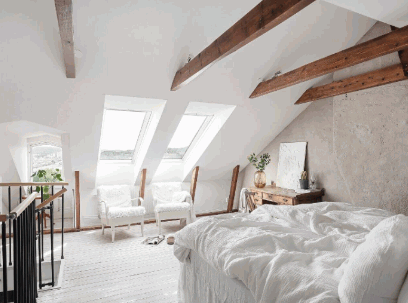
According to experts, the timeline can vary significantly. The timeline for completing a loft conversion can vary widely, typically averaging between 6 to 12 weeks, depending on factors such as the complexity of the design, the quality of the existing structure, and the efficiency of the contractor hired for the renovation project.
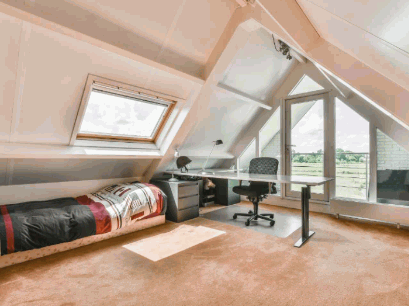
Several factors can impact the timeline of a loft conversion, including the complexity of the project, the need for planning permission, and adherence to building regulations.
The complexity of the project, as noted by industry experts, significantly influences the duration. For instance, a simple conversion requiring minimal structural changes may be completed in a matter of weeks, while a more elaborate design, perhaps featuring dormers or intricate layouts, can extend the timeline considerably.
Obtaining planning permission is another crucial factor; delays in this process due to local authority reviews can set back the start time. It's essential to ensure compliance with building regulations, which not only safeguard safety standards but can also impact timelines depending on the thoroughness of preparation from the outset.
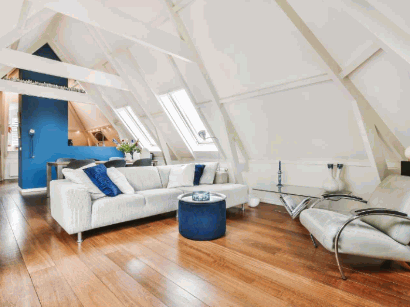
Whether a loft conversion requires planning permission largely depends on the specifics of the project and its adherence to local building regulations, with many conversions falling under permitted development rights, although some may still need formal approval.

Building regulations for a loft conversion ensure that the renovation adheres to safety and structural integrity standards, addressing crucial elements like fire safety, insulation, and headroom requirements.
These regulations help maintain a safe living environment while also enhancing the overall functionality of the newly converted space. Homeowners should be aware of the following key aspects:
By understanding and adhering to these regulations, individuals can facilitate a smooth design process that not only meets compliance but also contributes to the overall success of the project.

Choosing the right contractor for your loft conversion is essential for the success of your renovation project, as it involves assessing their experience, expertise, and reputation within the home improvement industry.
